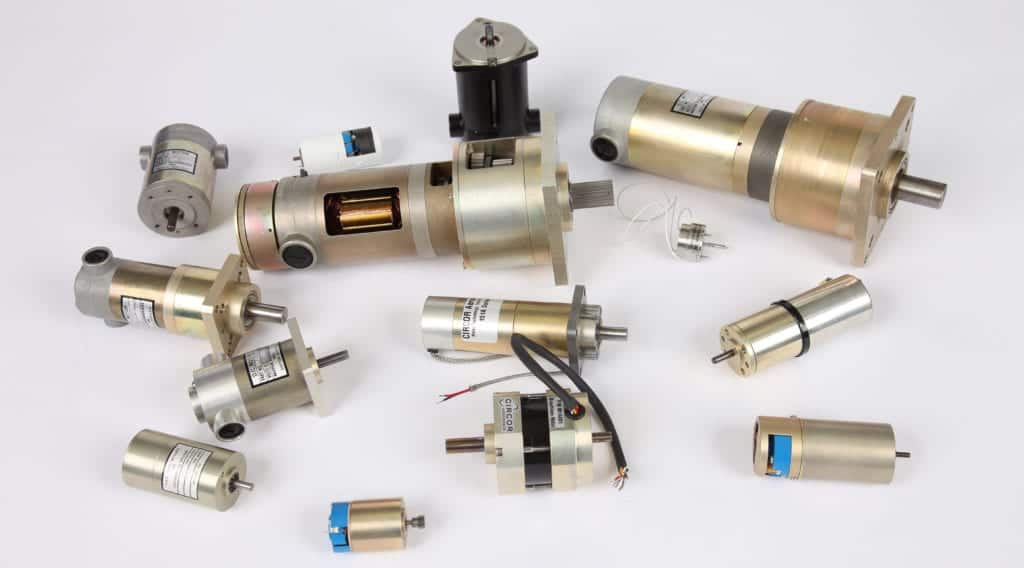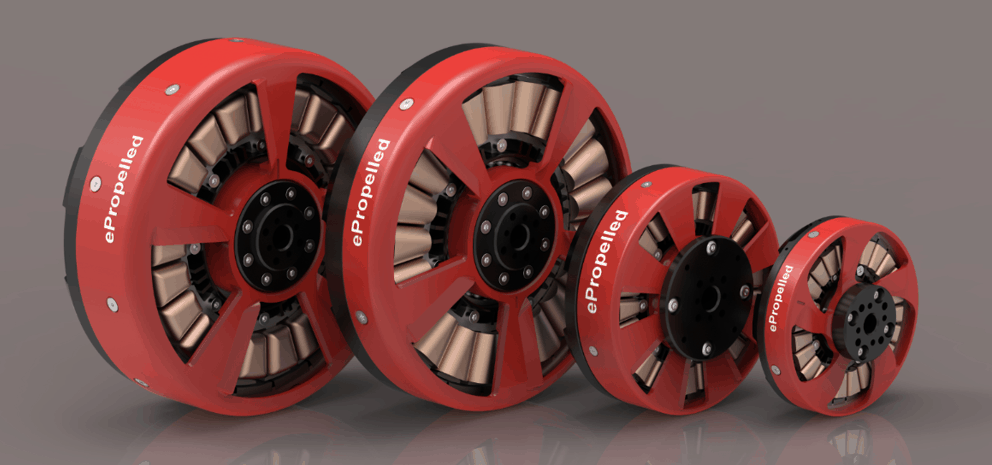Permanent magnet synchronous motors (PMSM), have rotors with permanent magnets embedded in them. PMSM motors use these magnets as the source of a magnetic field instead of a coil of wire energized by an electric current.

Advantages to Permanent Magnet Motors
As the rotor does not need a power source to generate its magnetic field, PMSM motors are generally more efficient than regular induction motors, plus the operating temperatures of permanent magnet motors are usually cooler, resulting in increased reliability and lifespan.
Disadvantages to PMSM Motors
Permanent magnet motors require precision control circuitry in order to operate, making them complex to install and operate. They also require magnets made out of rare-earth materials such as neodymium and samarium, which are expensive and difficult to mine.

Permanent Magnet Servo Motors for Drones
Servo motors or servos can be precisely controlled by sending an analogue or digital electronic signal to the motor that represents the required position of the motor shaft. This high-precision position is then achieved via a position encoder and feedback circuitry. Servo motors can be based on different types of motor, ranging from simple brushed DC motors to large industrial AC induction motors.
Many servo motors spin at high speeds and output relatively little torque. In order to make them output more useful work, gears are used to slow down the speed and increase the torque. Cheaper motors may use plastic gears, while more sophisticated servo motors designed for heavier work may have metal gears that are more resilient to damage.
The most common type of rotational servo is the positional rotation servo, which includes physical stops in the mechanism to prevent the motor turning through more than a certain angle, typically around 180 degrees. Continuous rotation servos can turn in either direction indefinitely. In addition to rotational servos, there are also linear servos, which convert the rotary output of the motor to a back-and-forth linear motion.





















